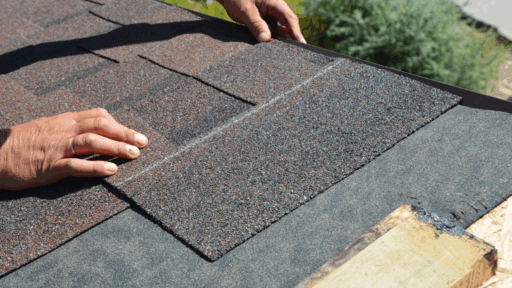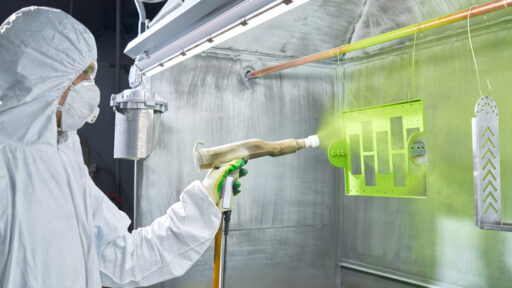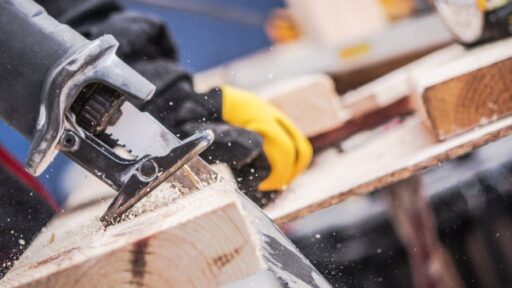Choosing the right shingles can feel like a big task. There are so many styles, materials, and price ranges. And let’s face it – your roof isn’t just for looks. It keeps you safe, dry, and warm.
If you’re trying to determine the type of shingles to install on your roof, this guide will help you make an informed decision. You’ll find different types of roof shingles, from basic asphalt to solar and slate.
I’ll go over what each one is, why it might work for your home, and what to watch out for. You don’t need to know roofing to follow along. I have kept things simple.
I wrote this guide to help you make an informed, wise choice. Because when it comes to your home, you deserve honest answers you can trust.
Why Does the Type of Roof Shingles Matter?
Choosing the right roof shingles isn’t just about looks. It plays a significant role in how well your home stays protected from wind, rain, heat, and snow.
Different shingles have different strengths. Some are better suited for hot weather, while others withstand heavy storms. The type you pick also affects your budget.
Some are cheap to install but need more repairs later. Others cost more upfront but last for decades. You also want something that suits your home’s style and requires minimal upkeep.
So yes, shingles matter. They help keep your home safe, save you money, and maintain its appearance. That’s why it’s worth learning about the options before making a choice.
Types of Roof Shingles You Should Consider
Roof shingles are available in a variety of materials, colors, and styles, each offering distinct benefits. Understanding the different types of shingles can help you make an informed decision that suits your needs and budget.
1. 3-Tab Asphalt Shingles
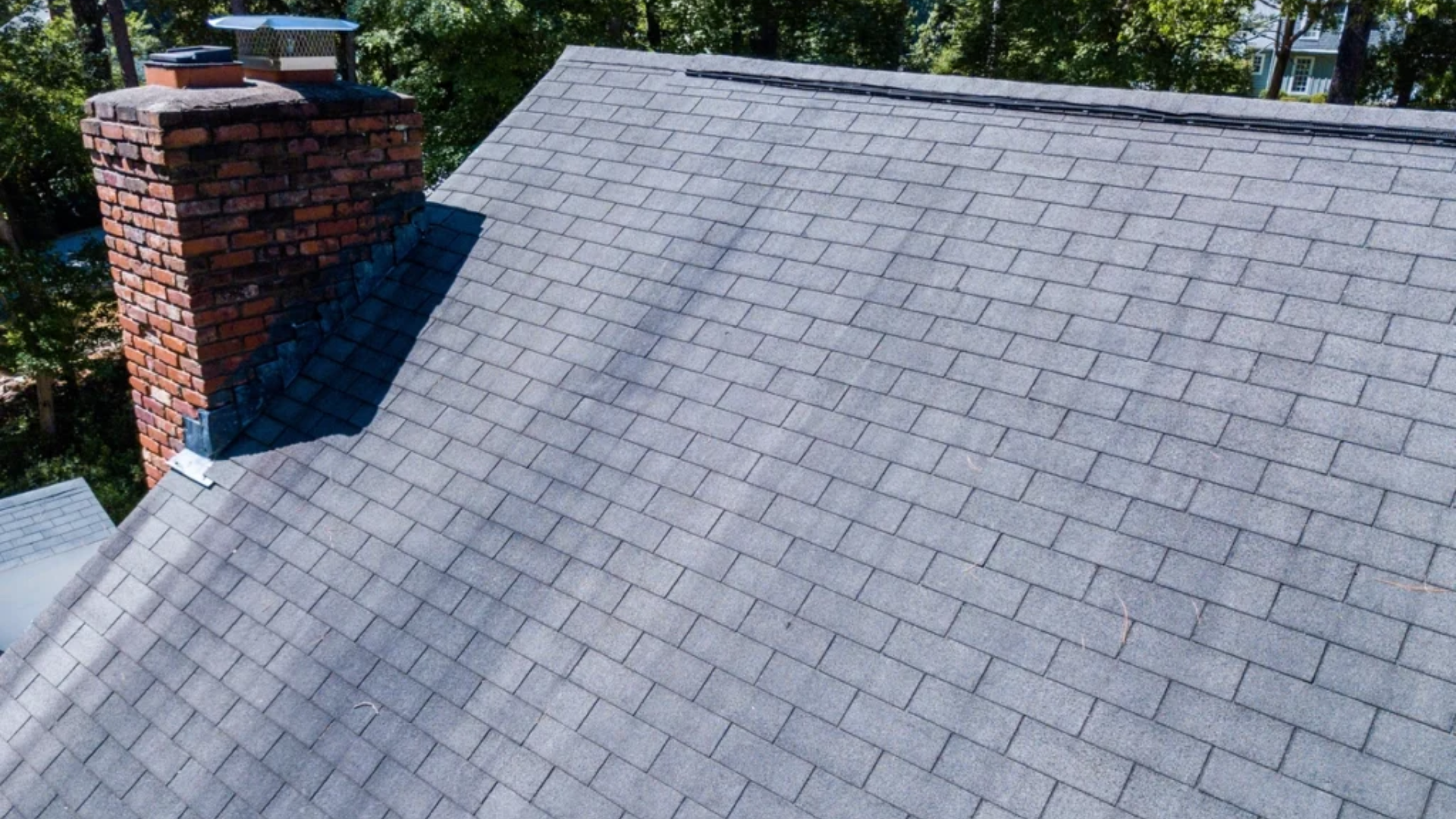
These shingles are flat, light, and simple in design. Each piece has three tabs, giving it a clean, uniform look. They’re a popular choice because they’re cheap and easy to install.
However, they don’t last as long, typically around 15 to 20 years, and may not withstand rough weather conditions. They’re a good pick for starter homes, sheds, or homeowners on a tight budget.
2. Architectural Asphalt Shingles
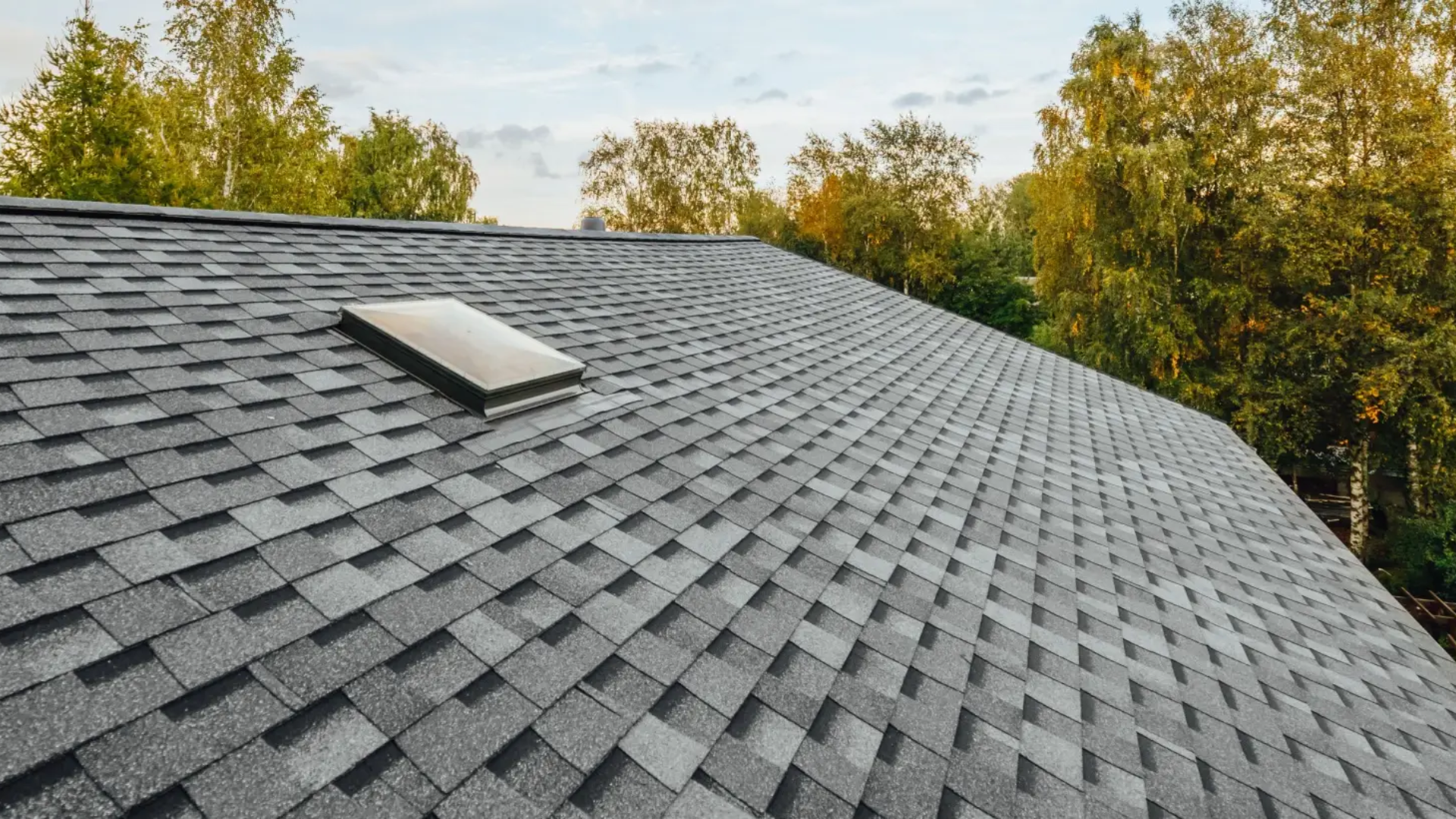
Also known as dimensional shingles, these are thicker and more durable than 3-tab shingles. They’re made with extra layers that give your roof a textured, layered look.
Homeowners like them because they look better and last longer – up to 30 years or more. They also hold up better against wind and rain. They cost more than basic asphalt but add value to your home.
3. Luxury Asphalt Shingles

Luxury shingles are a high-end type of asphalt roofing. They’re built to resemble slate or wood shakes but cost significantly less. They’re heavier and more detailed, which adds style and strength.
If you want a bold, upscale look without the expense of stone or wood, these are a solid option. They’re also more resistant to impact and wind, making them a great choice in storm-prone areas.
4. Wood Shingles
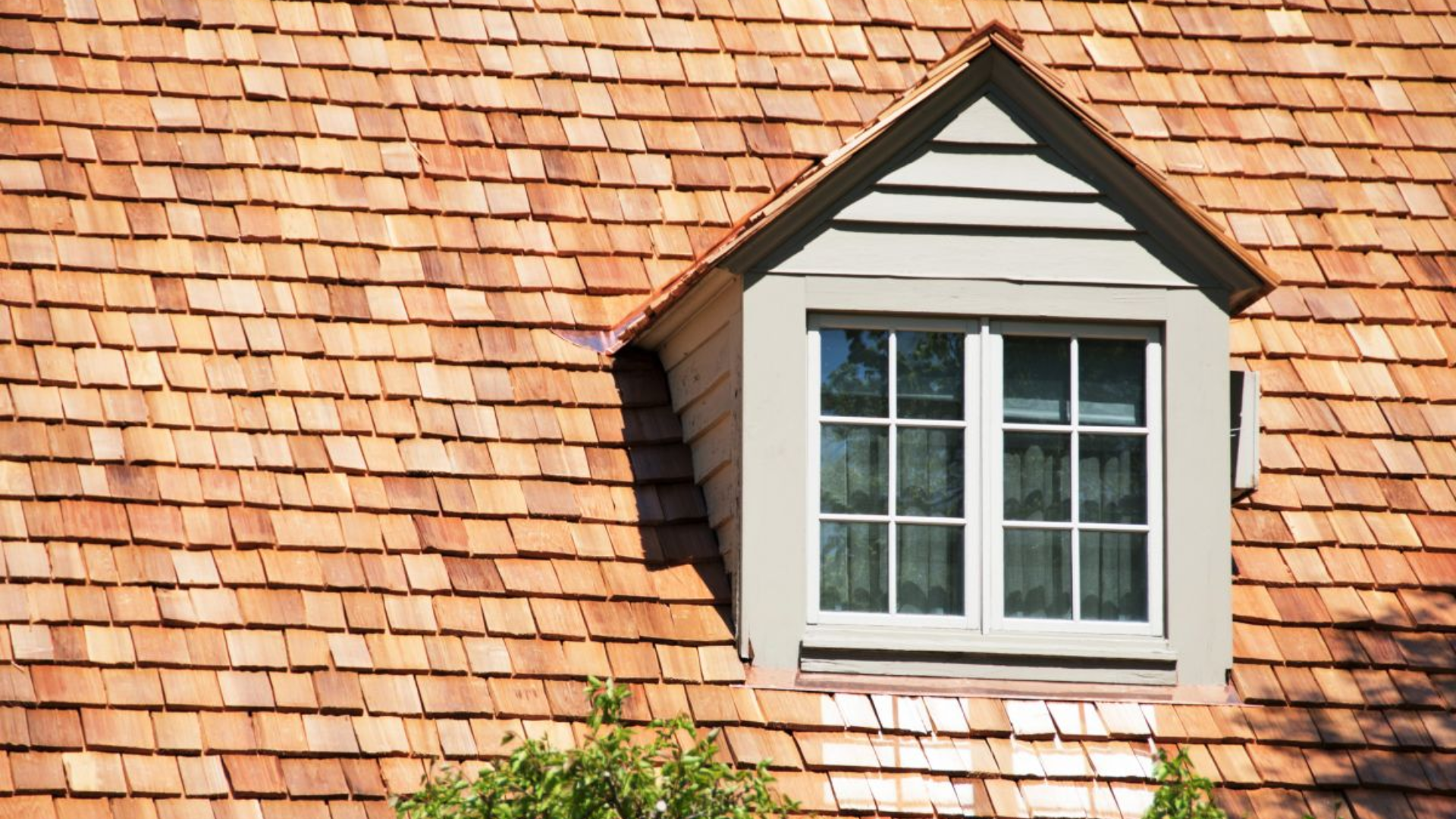
Wood shingles are smooth and neatly cut, usually made from cedar or redwood. They give your roof a warm, classic look. They’re lightweight and natural.
However, they require regular maintenance to prevent issues such as mold, insects, or fires. They work best in dry climates. They tend to gray over time unless sealed, so plan on some upkeep to keep the original color.
5. Wood Shakes
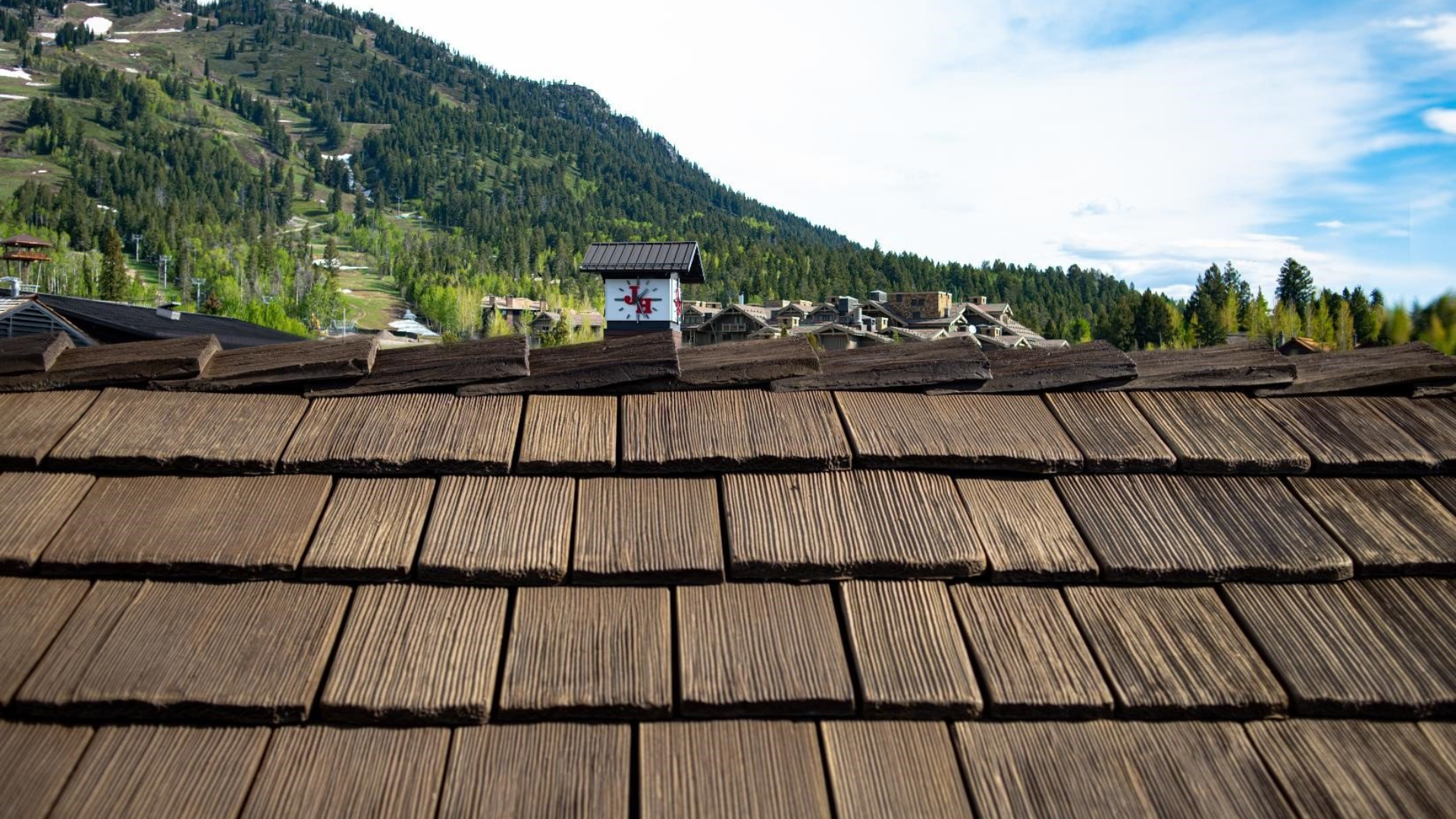
Wood shakes are similar to shingles, but they’re hand-split instead of machine-cut. This makes them thicker and gives them a rougher, more rustic style.
Shakes offer better air circulation under the roof, but they also cost more and need more upkeep than regular wood shingles. They’re great for cabins, lodges, and homes with a natural or historical style.
6. Metal Shingles
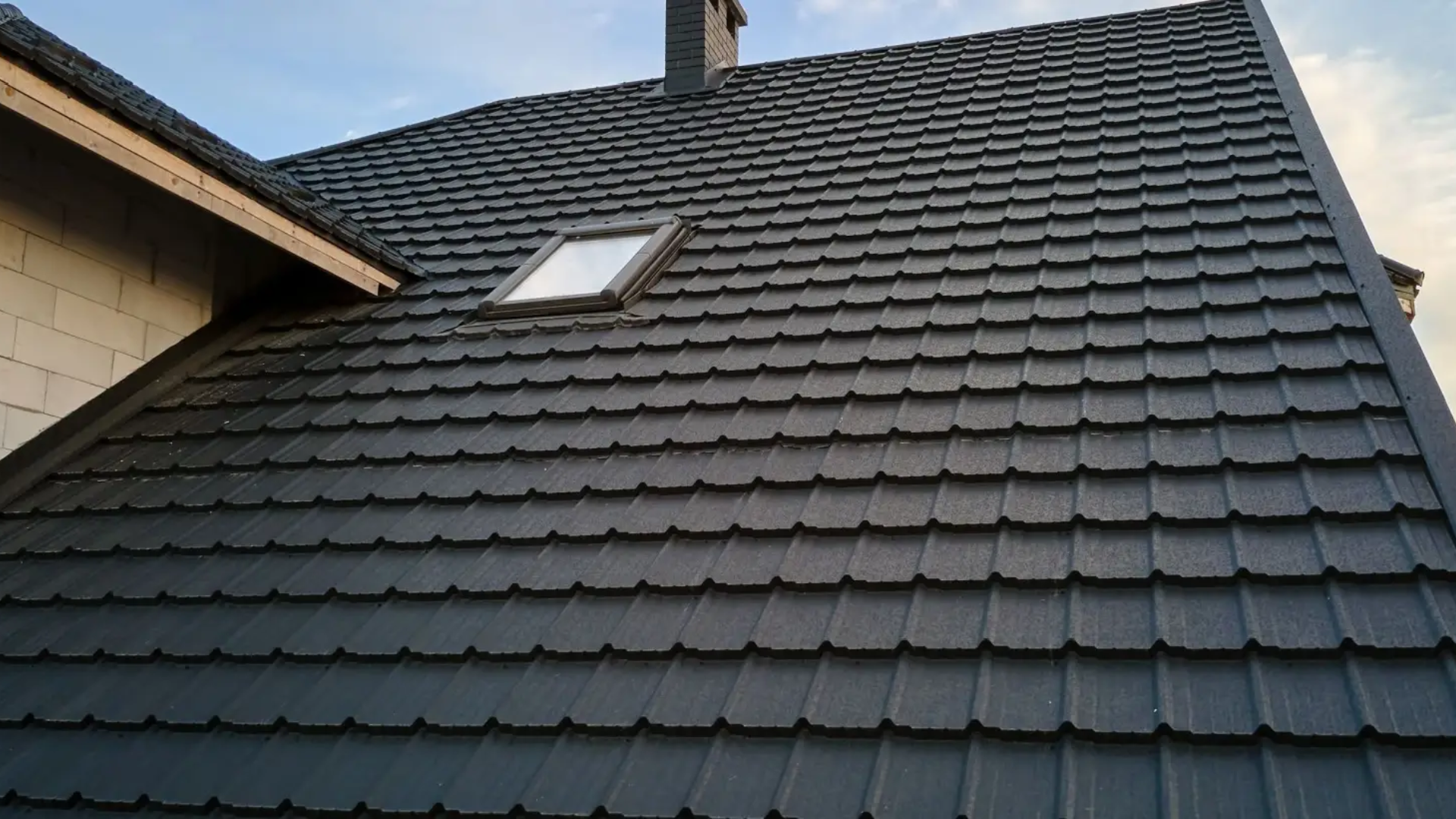
Metal shingles can be made of steel, aluminum, or copper. They come in various shapes and finishes, including ones that mimic slate or wood.
They’re strong, lightweight, and ideal for use in rain, snow, or fire-prone areas. They can last 40–70 years and reflect heat, thereby helping to reduce energy costs. Most metal shingles are recyclable, making them a more eco-friendly option.
7. Steel Shingles
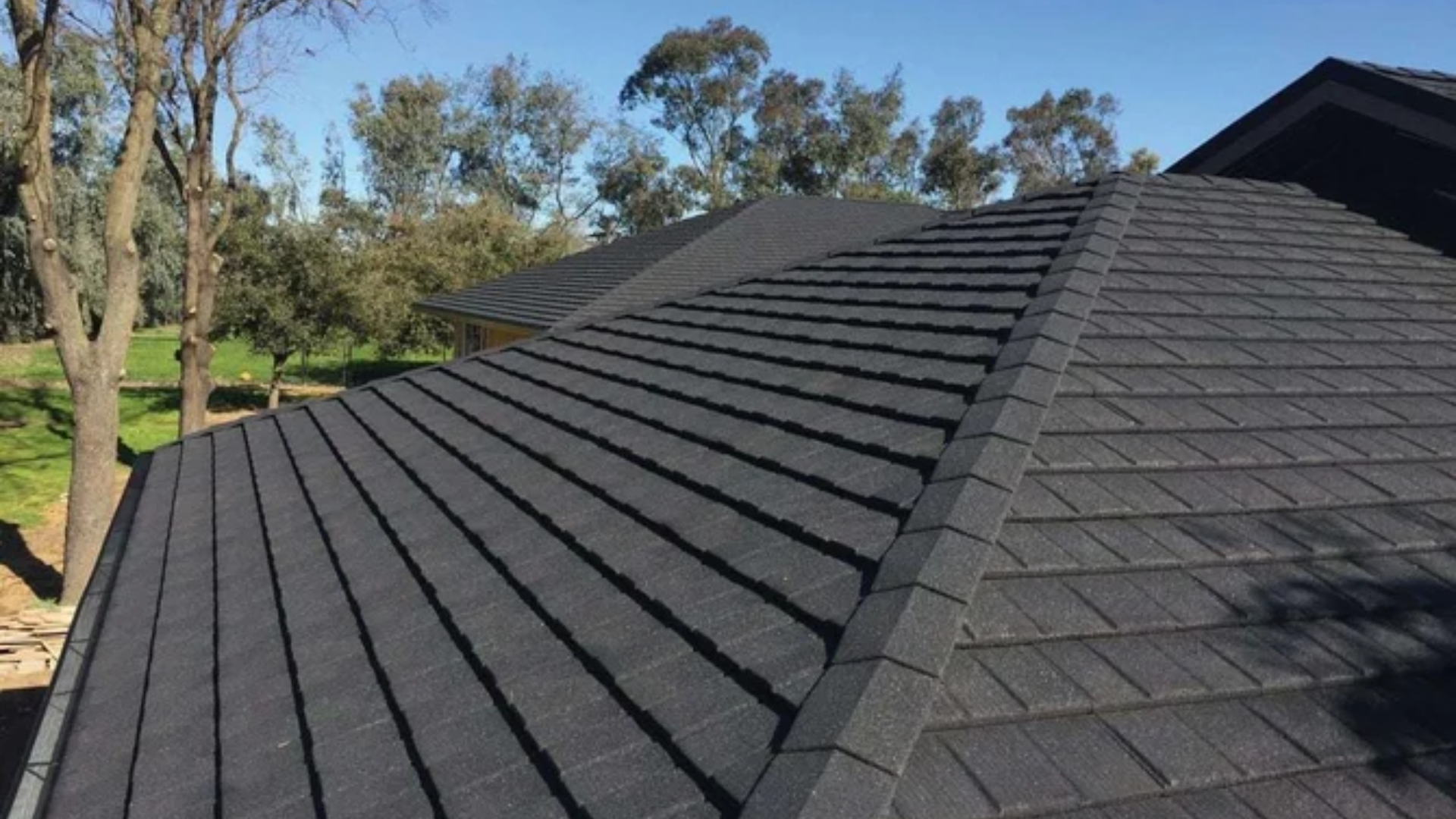
Steel is one of the most common types of metal roofing. These shingles are strong, often coated to prevent rust, and can withstand harsh weather conditions.
They’re a good option if you live in an area with snow or high winds. Be cautious of rust in humid climates. They’re also fire-resistant, which provides peace of mind for homeowners in areas prone to wildfires.
8. Aluminum Shingles

Aluminum doesn’t rust, making it an ideal choice for homes near the coast. These shingles are light, easy to work with, and often come painted.
They reflect heat well, which helps keep your home cooler. They’re not the cheapest, but they’re very low-maintenance. They also hold up well against salt air, making them a favorite for beach homes.
9. Copper Shingles
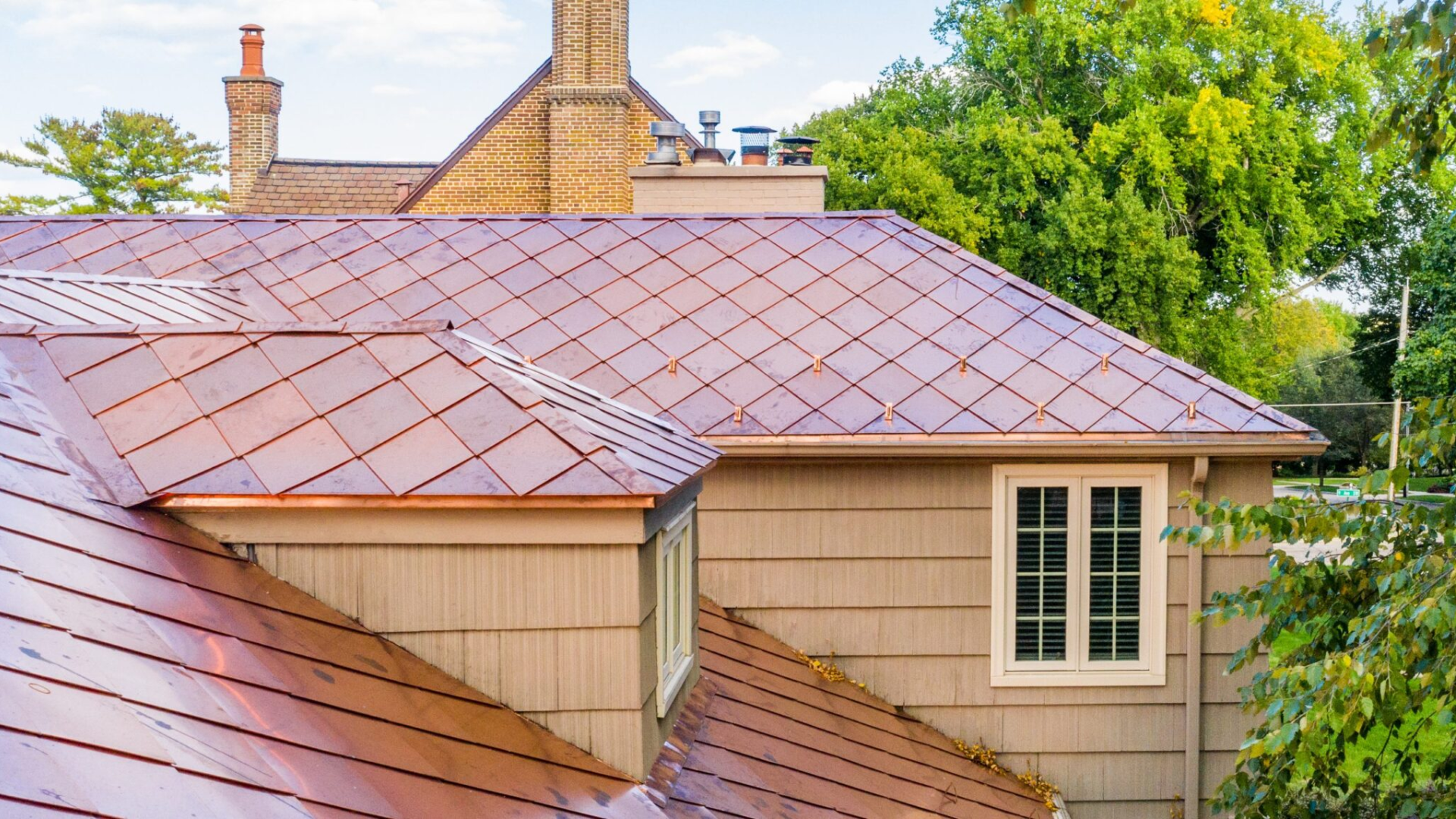
It lasts for over 100 years, resists rot and bugs, and doesn’t need painting. However, copper is expensive, so it’s best suited for long-term plans or high-end homes.
Copper is the most eye-catching metal roofing material. It starts shiny and turns a soft green color over time. Many homeowners opt for copper for accents or small sections of their roof due to its high cost.
10. Slate Shingles
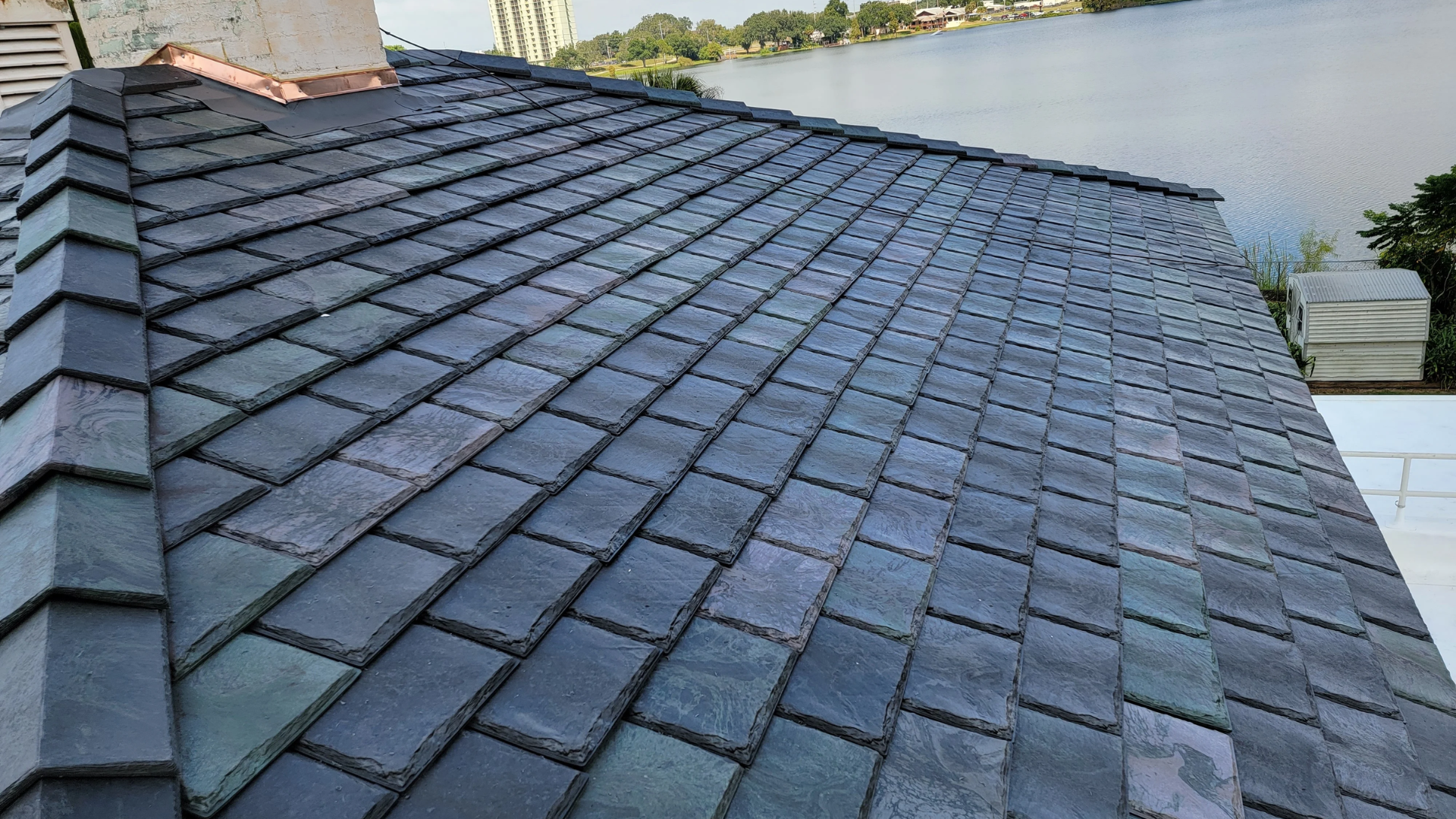
Slate is a type of real stone, so these shingles are heavy and incredibly tough. They last 75 to 100 years or more, provided they are correctly installed and maintained. Slate adds elegance to older or upscale homes.
However, the cost and weight make them complicated to work with and expensive to install. If you want a roof that may last a lifetime (or two), slate is a worthwhile consideration.
11. Clay Shingles

Clay tiles are often seen on Spanish or Mediterranean-style homes. They’re shaped like half-cylinders and are baked in kilns to make them hard and fireproof.
Clay handles heat well and lasts a long time. On the downside, they’re heavy and can crack under pressure. They also help cool the home in hot weather, which can lower your energy bills.
12. Concrete Shingles
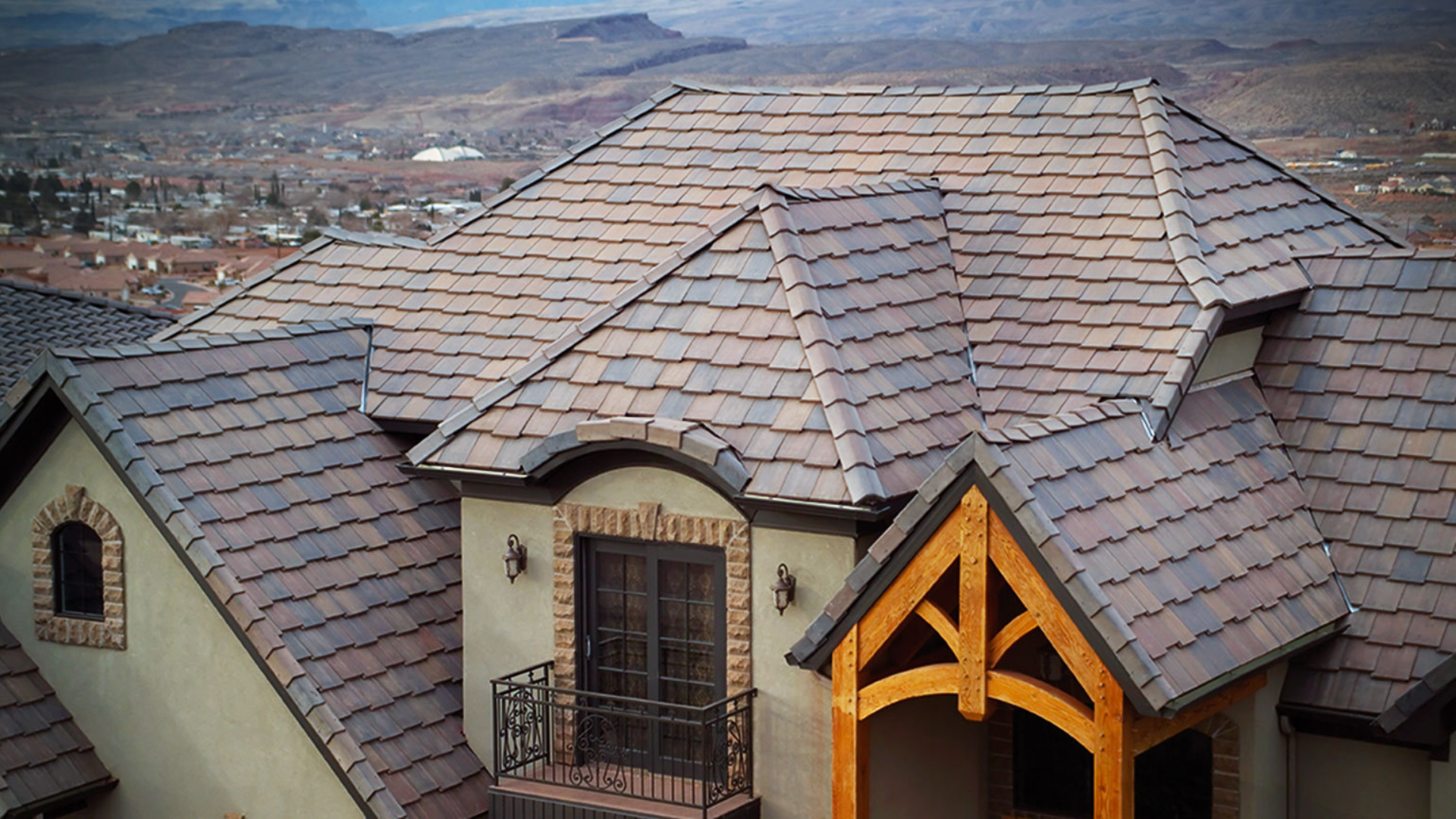
Concrete shingles are made by mixing sand, cement, and water. They’re molded to look like wood, slate, or clay tiles.
They’re less expensive than natural stone or tile but still very durable. Like clay, they’re heavy and need extra roof support. These shingles last 40–50 years and can handle both cold and hot climates well.
13. Composite Shingles
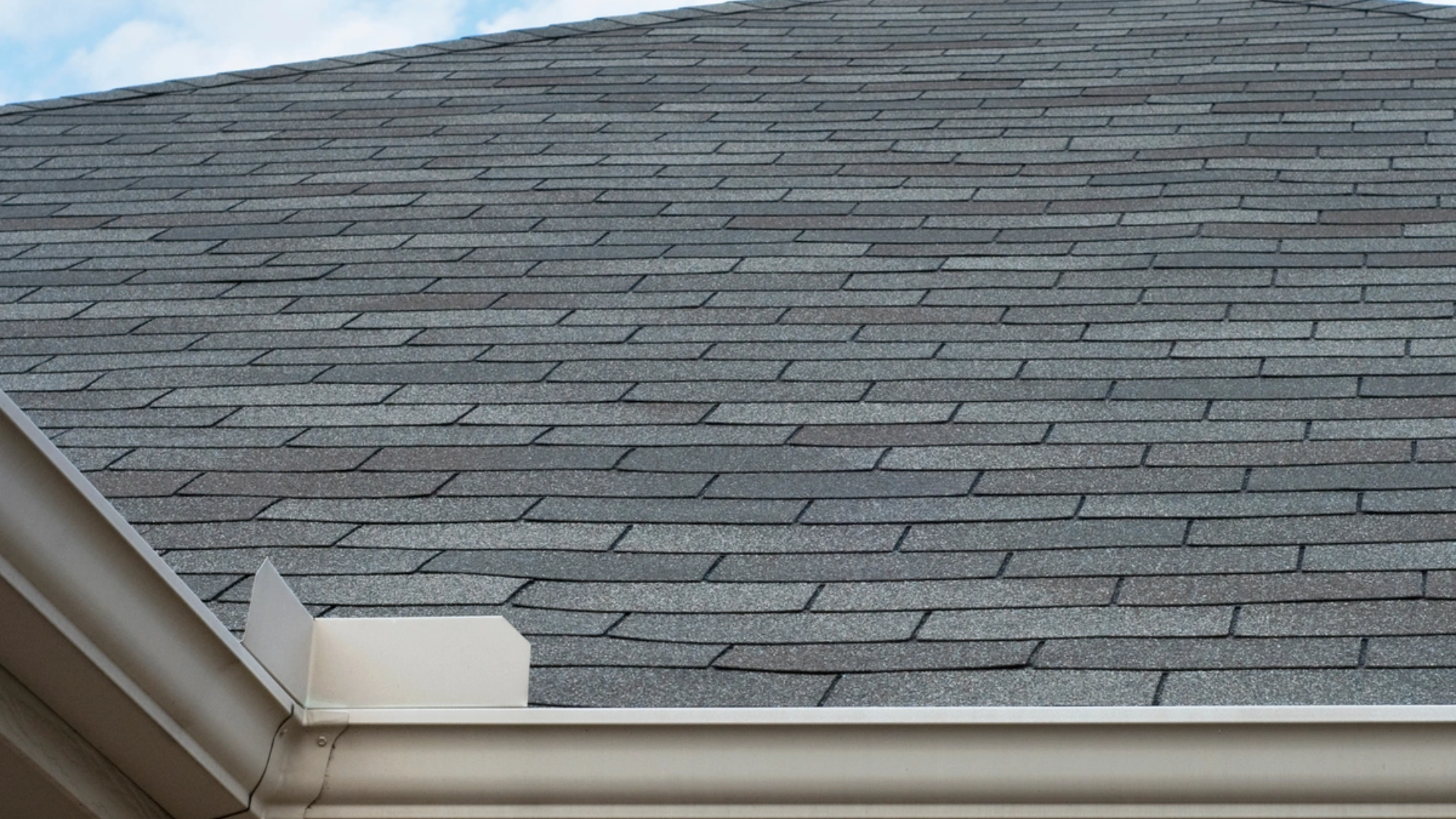
These shingles are made from a blend of materials, including plastic, rubber, and recycled content. They’re designed to mimic the appearance of wood, slate, or tile.
Composite shingles are lightweight, weather-resistant, and easier to install. They’re a smart pick if you want a good look without the weight or high cost. They’re also low-maintenance and don’t crack or warp like some natural materials.
14. Rubber Shingles
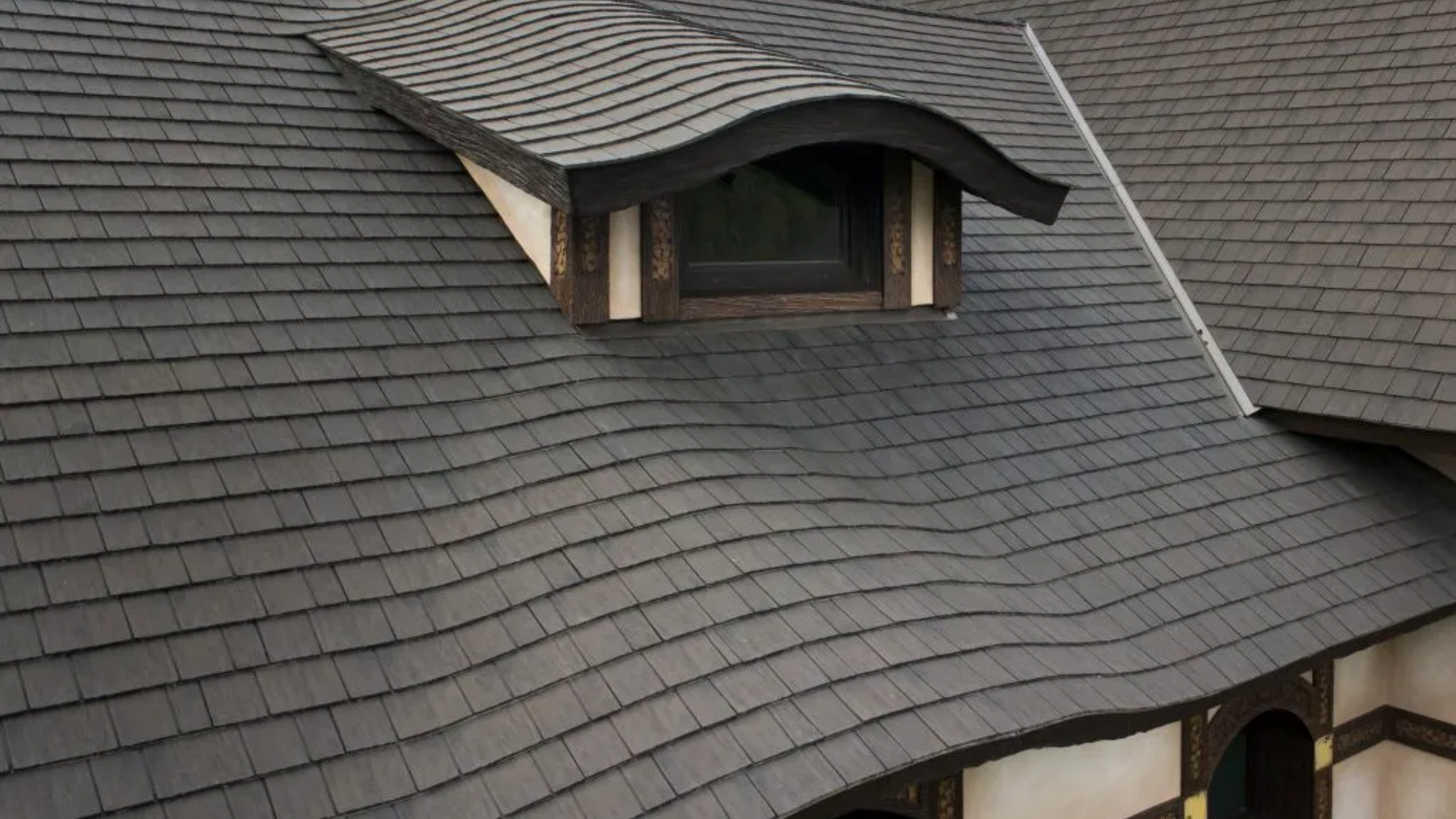
Made primarily from recycled tires, rubber shingles are flexible and rigid. They’re waterproof, easy to repair, and quiet in the rain.
Rubber shingles often look like slate or asphalt and can last up to 50 years. They’re a green option that’s gaining popularity. Rubber roofing is also resistant to cracking and damage from freeze-thaw cycles.
15. Solar Shingles
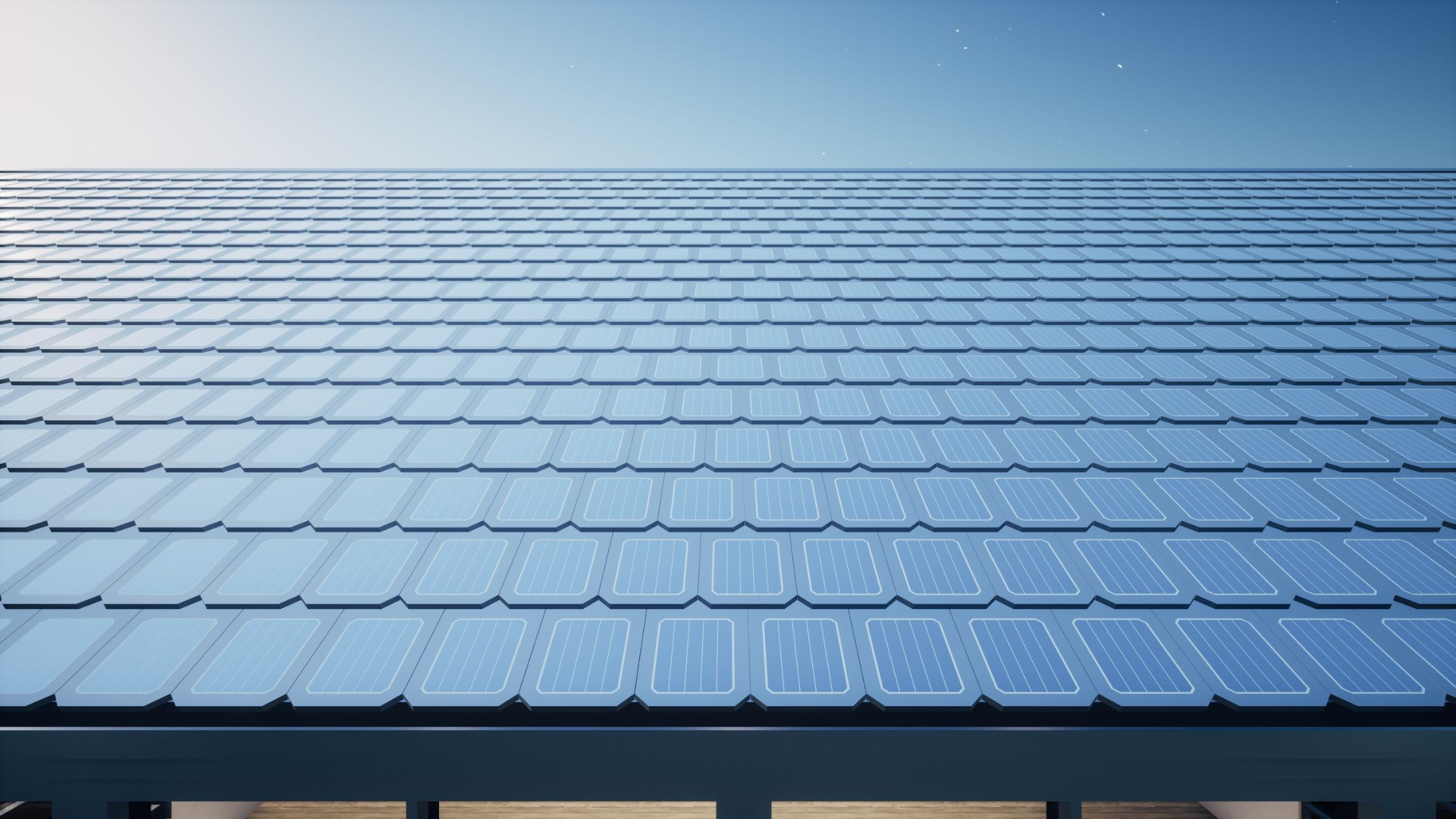
These shingles resemble regular roofing but also serve as solar panels. They collect sunlight and turn it into power for your home. They’re sleek and blend into the roof better than large panels.
Solar shingles cost more upfront, but they can lower your energy bills over time. They’re ideal for homeowners who want clean energy without the need for bulky solar panels on their roof.
16. Synthetic Slate Shingles
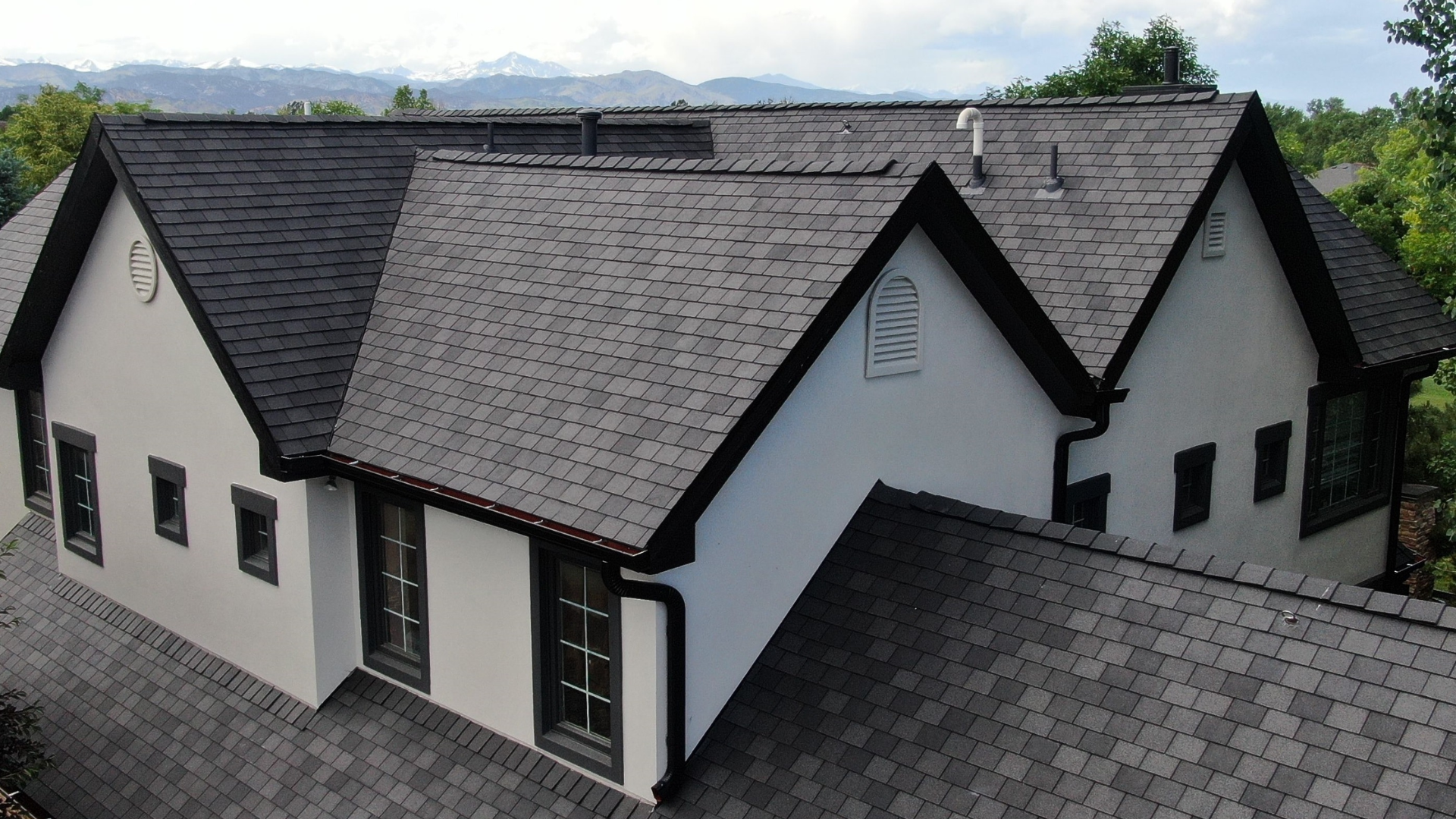
Synthetic slate is made from rubber, plastic, or a mix of materials. It’s crafted to resemble real slate, but it weighs less and costs significantly less.
It’s easier to install and still offers great durability. If you like the slate look but not the price, this is a smart option. They’re also less likely to break during installation, making them contractor-friendly.
17. Fiberglass Shingles
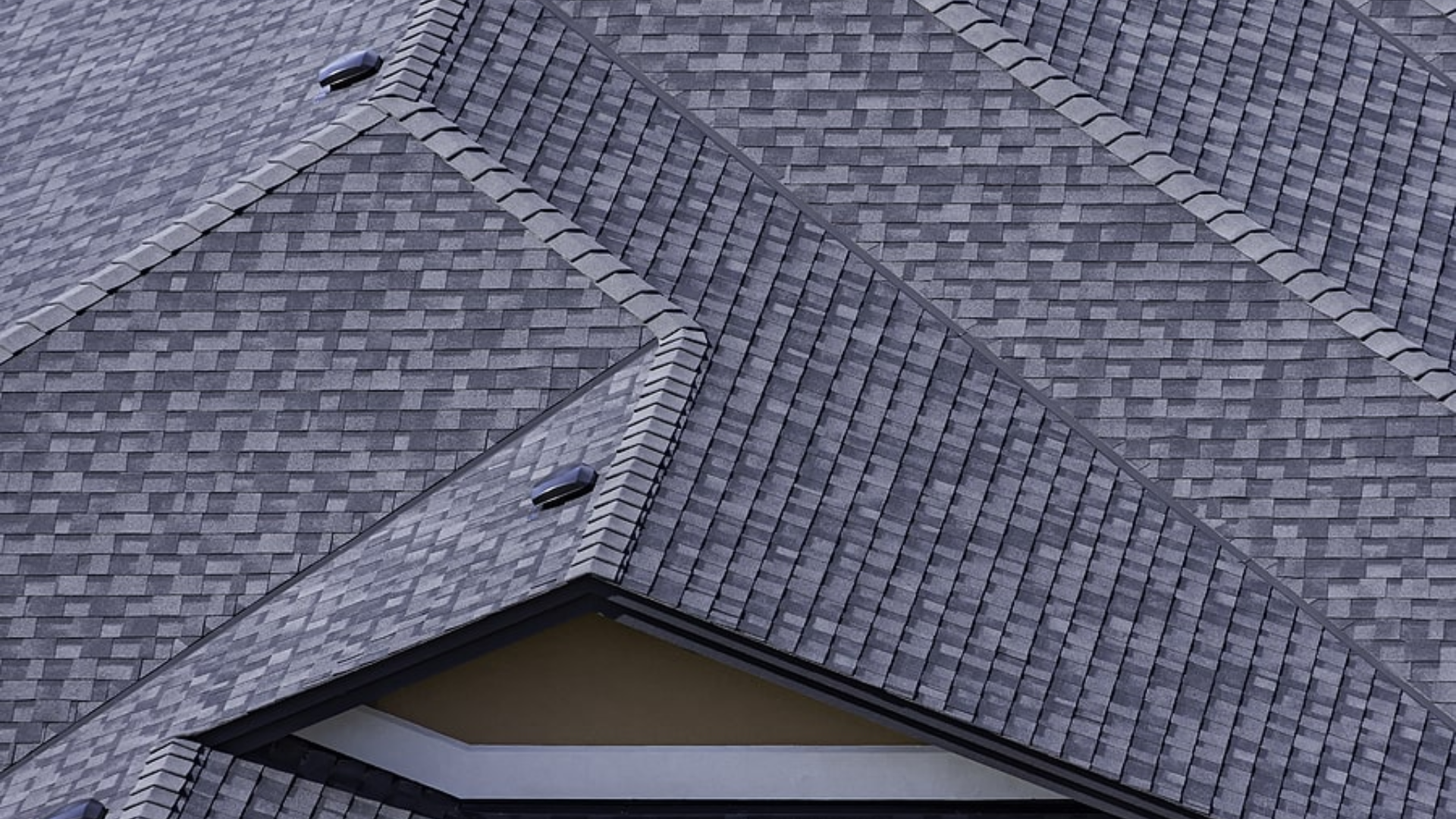
Fiberglass shingles are a type of asphalt shingles. Instead of a paper base, they use fiberglass. This makes them lighter, more fire-resistant, and more durable.
They’re one of the most budget-friendly options and a good choice for homes in mild weather areas. They’re also easier to recycle than organic-based asphalt shingles.
18. Stone-Coated Steel Shingles

These are steel shingles with a coating of stone chips for texture and style. They combine the strength of metal with the look of tile, wood, or asphalt.
They resist wind, fire, and hail. They’re also lighter than clay or slate but still powerful. Because of their strength and appearance, they’re often used in both residential and commercial buildings.
How Long Do Roof Shingles Last?
I’ve looked into how long different roof shingles last, and the range really depends on the material and upkeep.
| Shingle Type | Average Lifespan |
|---|---|
| Asphalt | 15 to 30 years |
| Wood | 20 to 40 years |
| Metal | 40 to 70 years |
| Slate or Clay | 50 to 100+ years |
| Composite | 30 to 50 years |
I always recommend checking your roof regularly – good care can stretch its life no matter which material you choose.
What to Think About When Choosing Roof Shingles?
Choosing roof shingles isn’t just about color or price; it’s also about durability and style. There are a few key points to consider.
- Budget: Some shingles, like 3-tab asphalt, are affordable. Others, such as slate or copper, cost significantly more. Set a budget before you shop.
- Weather: Your roof must withstand the local weather conditions. Metal is excellent for snow. Clay works well in heat.
- Home Style: Certain shingles are better suited for specific homes. A rustic cabin may look great with wood shakes. A modern home might suit metal.
- Weight: Some shingles are heavy. Ensure your home’s roof frame is sturdy enough to support the weight of the roof. If not, stick to lighter options, such as asphalt or composite.
Tips for Picking the Right Roof Shingles
Still not sure which one to choose? These tips can help:
- Consult a roofer. They understand what performs well in your area and can recommend options that suit your home.
- Observe nearby homes. Take a drive through your neighborhood and note the styles and colors others are using.
- Think long-term. A roof is a significant investment. Select one that is durable and requires minimal upkeep.
- Don’t focus only on appearance. A roof should look good, but its durability and functionality are more important.
Conclusion
Choosing the right roof shingles may seem simple at first, but it’s an important decision. Your shingles do more than cover your roof.
They protect your home, affect energy use, and influence your home’s appearance with numerous options available, ranging from budget-friendly asphalt to long-lasting slate.
If you need something durable for harsh weather or want to improve the look of your home, there’s an option to match your needs. Consider your budget, local climate, and the level of upkeep you’re comfortable with.
In the end, the best shingles are the ones that make your home safer and provide peace of mind. Take your time, ask questions, and choose what works best for your situation.

